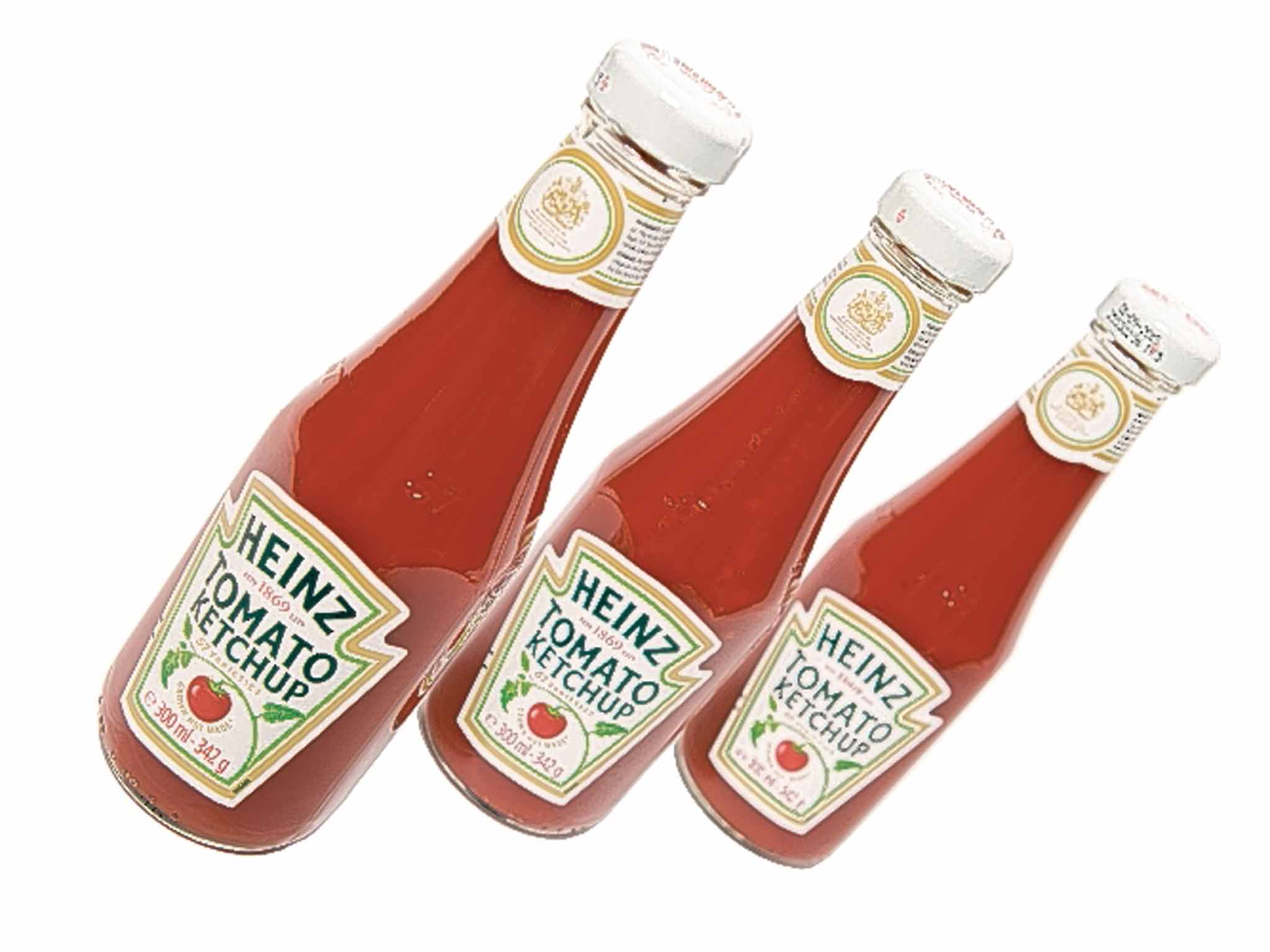Heinz ketchup bottle: Rhodri Marsden's Interesting Objects
No 31

Your support helps us to tell the story
From reproductive rights to climate change to Big Tech, The Independent is on the ground when the story is developing. Whether it's investigating the financials of Elon Musk's pro-Trump PAC or producing our latest documentary, 'The A Word', which shines a light on the American women fighting for reproductive rights, we know how important it is to parse out the facts from the messaging.
At such a critical moment in US history, we need reporters on the ground. Your donation allows us to keep sending journalists to speak to both sides of the story.
The Independent is trusted by Americans across the entire political spectrum. And unlike many other quality news outlets, we choose not to lock Americans out of our reporting and analysis with paywalls. We believe quality journalism should be available to everyone, paid for by those who can afford it.
Your support makes all the difference.A very happy birthday to HJ Heinz, who turns a rather sprightly 170 today. His legacy ranges from cans of baked beans to the green splurge of EZ Squirt, but he'll be best remembered for his ferociously important work in the field of tomato ketchup.
* Prior to Heinz, the tomato ketchup world was in a sorry state. It largely consisted of putrid goo that probably went off before it left the shop – partly because the tomato growing season was so short, and partly because the companies making it knew that customers would buy any old rubbish. Heinz, a pioneer in food safety, decided that this should stop.
* The first bottles of 'Heinz's Catsup' were produced in 1876, presented in a keystone-shaped bottle that was, crucially, transparent. You could actually see the ketchup while other producers sensibly chose to hide the contents. Admittedly, Heinz was at this stage still adding quantities of coal tar to the ketchup to achieve the desired red colour, but his chief food scientist, GF Mason, was working hard on a bright-red, preservative-free recipe.
* A distinctive eight-sided bottle was patented on 28 March 1893, with a narrow neck to minimise the product's contact with the air; today's iconic bottle is a variation on that 'octagon catsup' design. When Mason finalised his recipe in 1904, Heinz's dominance of the market was assured.
* A mythbusting postscript: the number '57' used on the label was plucked out of thin air by Mr Heinz and never had any relevance to the number of products in the range. Also, hitting the bottle's bottom is the worst way to get the ketchup out; the best solution is to buy a squeezy bottle (introduced 1983) or an upside-down squeezy bottle (2002)
@rhodri
Join our commenting forum
Join thought-provoking conversations, follow other Independent readers and see their replies
Comments